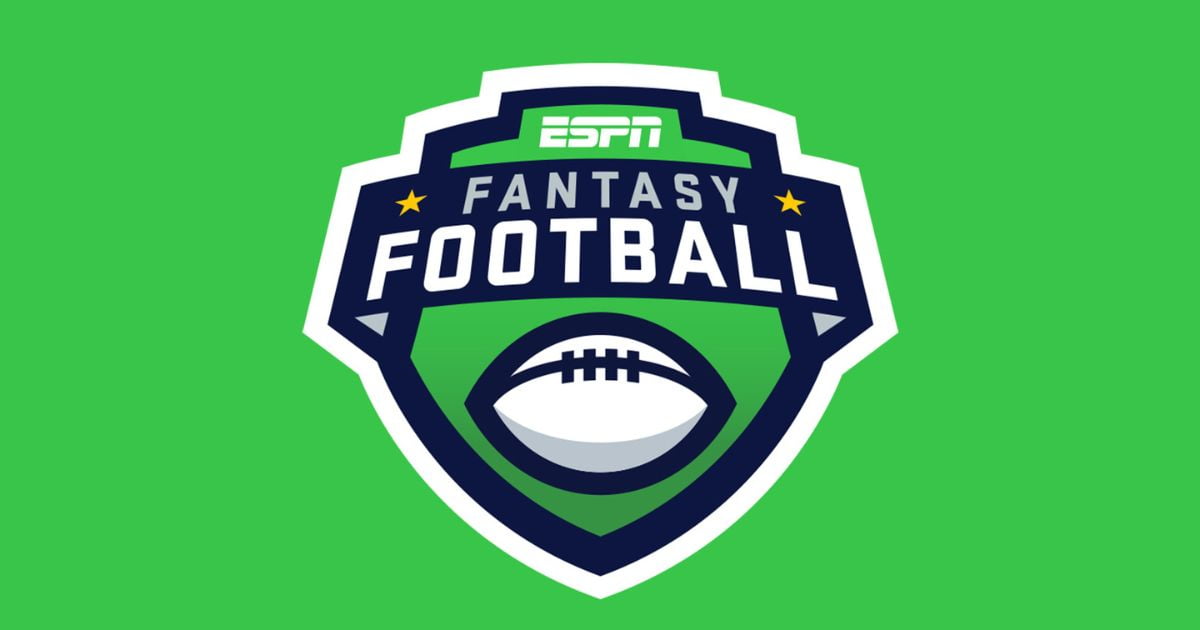“Strategize, Compete, Conquer: The Growing Craze of Fantasy Football Across the USA”
Fantasy football is a popular game in the United States where participants create their own virtual football teams and compete against each other based on the performance of real-life football players. The game is played online, and participants can join leagues with friends or strangers.
The objective is to draft a team of players who will score the most points based on their performance in real-life games. Points are awarded for various actions such as touchdowns, yards gained, and receptions. The game has become increasingly popular in recent years, with millions of people participating in leagues across the country.
Some popular fantasy football websites are:
- ESPN Fantasy Football: ESPN offers a free-to-play fantasy football game that allows users to create or join leagues, draft players, track rankings, and more.

Fantasy Football - Yahoo Fantasy Football: Yahoo Sports provides a user-friendly and free-to-use platform for fantasy football enthusiasts. It offers a mobile app and desktop site, and allows users to change scoring and roster settings.

- Sleeper Fantasy Football: Sleeper is a newer platform that has gained popularity in recent years. It offers a range of features such as a chat function, league history, and more.

Also Read – Top 5 College Football Bowl Games
Here are some tips for drafting a fantasy football team:
- Pursue value above all else: When drafting, focus on selecting players who are likely to outperform their draft position. This means looking for players who are undervalued by other managers and avoiding players who are overvalued. You can use various resources such as expert rankings, mock drafts, and player projections to help you identify value picks .
- Don’t draft from rankings that look like everyone else’s: Avoid relying solely on pre-draft rankings provided by your league’s platform or other sources. Instead, create your own rankings based on your research and analysis. This will help you identify value picks and avoid overvalued players .
- Chase upside players in the later rounds: In the later rounds of the draft, consider selecting players with high upside potential. These are players who may not be guaranteed starters but have the potential to become valuable contributors if they perform well. Examples include rookies, players returning from injury, and players who have recently changed teams .
- Prepare tier lists: Group players into tiers based on their projected performance. This will help you identify value picks and avoid reaching for players who are projected to perform similarly to others in the same tier. You can use various resources such as expert rankings and player projections to help you create your tier lists .Fantasy Football
- Fantasy FootballBe flexible: Be prepared to adjust your draft strategy based on how the draft is unfolding. If other managers are drafting players you had targeted, be ready to pivot and select other players who are undervalued or have high upside potential .
The scoring system : Fantasy Football
The scoring system for fantasy football varies depending on the platform and league rules. However, most leagues use a standard scoring system that awards points for various actions such as touchdowns, yards gained, and receptions .
Here is an example of a standard scoring system used :
| Action | Points |
| Passing TD | 4 |
| Rushing TD | 6 |
| Receiving TD | 6 |
| Passing yards | 0.04 per yard |
| Rushing yards | 0.1 per yard |
| Receiving yards | 0.1 per yard |
| Reception | 1 |
| Fumble lost | -2 |
| 2-point conversion | 2 |
| Interception thrown | -2 |
| Fumble recovered for TD | 6 |
| Kickoff/punt return for TD | 6 |
| Blocked punt/FG return for TD | 6 |
Other popular scoring systems include Points Per Reception (PPR) and Half-PPR . In PPR, players receive an additional point for each reception they make, while in Half-PPR, players receive 0.5 points per reception .
Also Read – Top 5 College Football Bowl Games
Also Read – CM Punk Stunning Comeback to WWE

